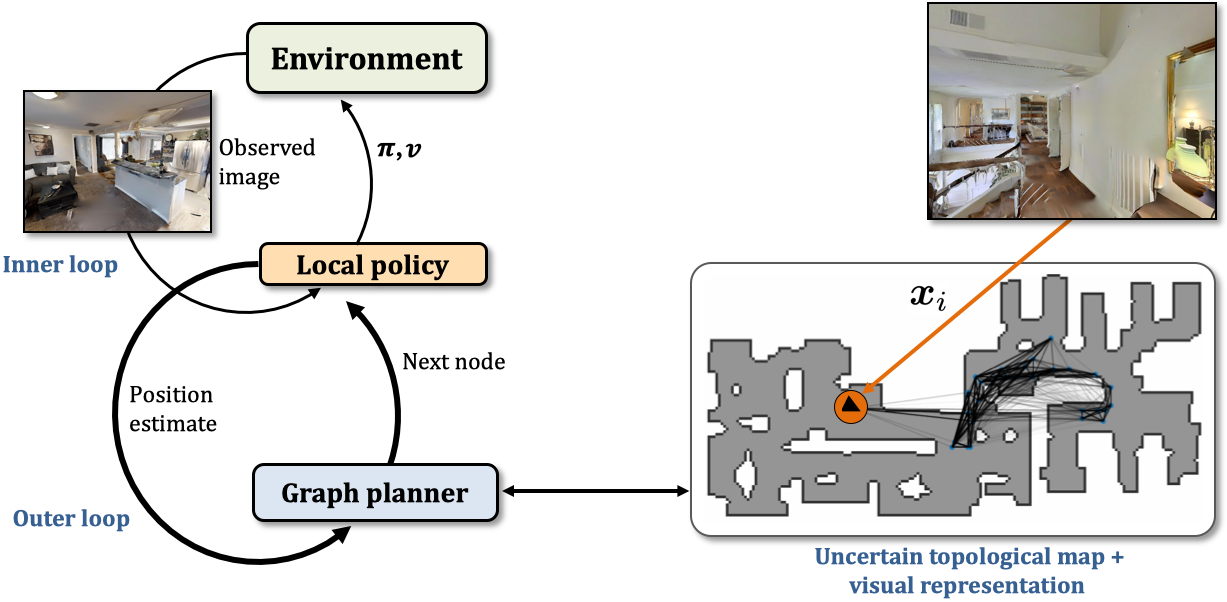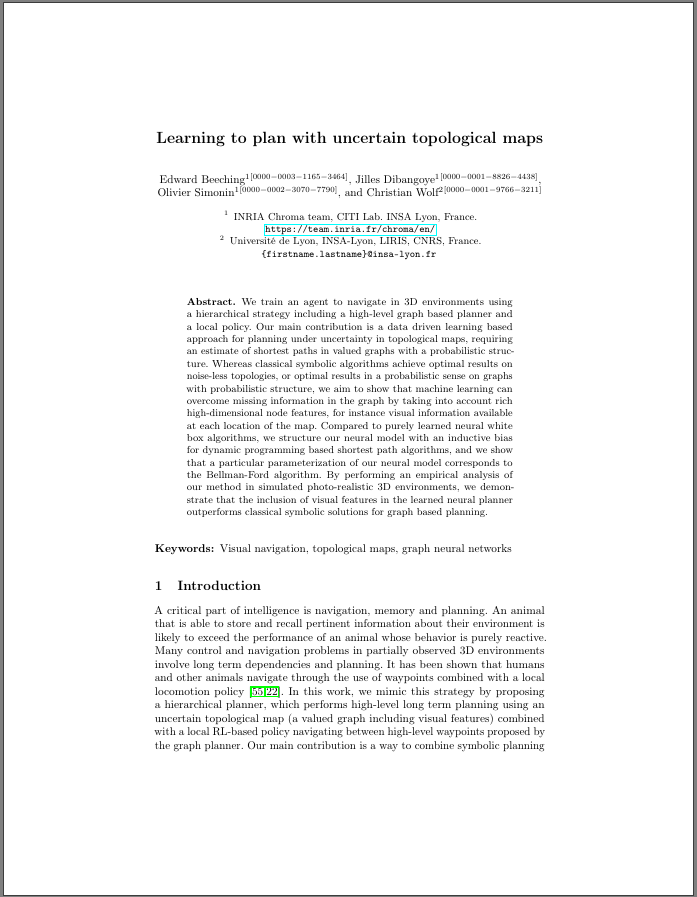
|
|
|
|
|
|
|
|
|
|
|
|
|
|
|
|
|
 |

|
Citation
@inproceedings{beeching2020learntoplan,
title={Learning to plan with uncertain topological maps.
},
author={Beeching, Edward and Dibangoye, Jilles and
Simonin, Olivier and Wolf, Christian}
booktitle={European Conference on Computer Vision},
year={2020}}
|
|
AcknowledgementsWebsite template from here and here. |